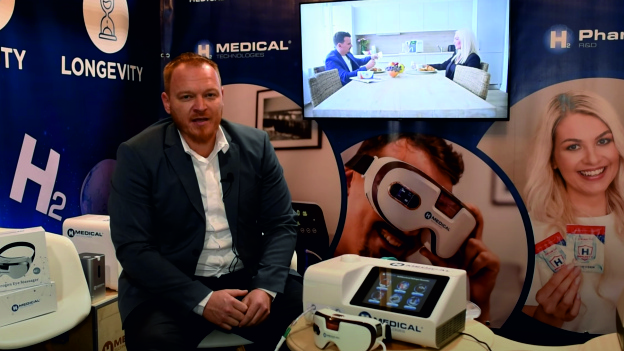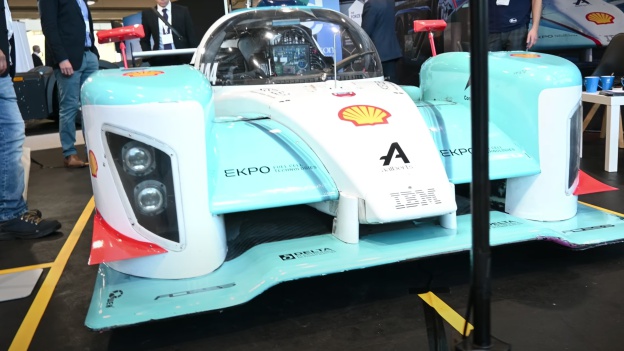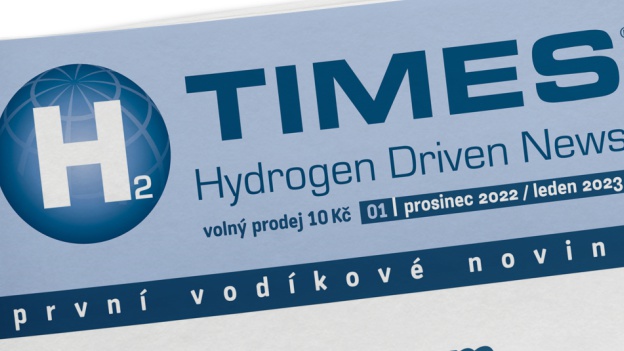Researchers led by Genki Kobayashi of the RIKEN Cluster for Pioneering Research in Japan have developed a solid electrolyte for the transport of hydride ions at room temperature. This breakthrough means that the benefits of semiconductor batteries and hydrogen-based fuel cells are virtually within reach, including improved safety, efficiency and energy density, which are essential for progress towards practical hydrogen-based energy management. The study was published in the scientific journal Advanced Energy Materials.
For hydrogen-based energy and fuel storage to become widespread, it must be safe, highly efficient and as simple as possible. Current hydrogen-based fuel cells used in electric vehicles work by allowing hydrogen protons to pass from one end of the fuel cell to the other through a polymer membrane to produce energy. The efficient, high-speed movement of hydrogen in these fuel cells requires water, which means the membrane must be constantly hydrated to keep it from drying out. This limitation adds another layer of complexity and cost to battery and fuel cell design, limiting the practicality of next-generation hydrogen-based energy savings. To overcome this problem, researchers have been trying to find a way to conduct negative hydride ions through solid materials, especially at room temperature.
The wait is over. "We have reached a real milestone," says Kobayashi, the research leader. "Our result is the first demonstration of a solid electrolyte conducting hydride ions at room temperature."
The team experimented with lanthanum hydrides for several reasons: hydrogen can be released and trapped relatively easily, the conductivity of the hydride ions is very high, they can operate below 100 °C, and they have a crystalline structure. At room temperature, however, the number of hydrogens attached to lanthanum fluctuates between 2 and 3, making effective conduction impossible. This problem is called hydrogen non-stoichiometry and was the biggest hurdle the new study overcame. When the researchers replaced part of the lanthanum with strontium and added just a pinch of oxygen, they got the results they were hoping for.
The team prepared crystalline samples of the material using a process called ball milling, followed by annealing. They studied the samples at room temperature and found that they could conduct hydride ions at high speeds. They then tested its performance in a solid fuel cell made from the new material and titanium, varying the amount of strontium and oxygen in the formula. At an optimal level of at least 0.2 strontium, they observed a complete 100% conversion of titanium to titanium hydride. This means that almost zero hydride ions were wasted.
"In the short term, our results provide guidance for the design of materials for solid electrolytes conducting hydride ions," says Kobayashi. "In the long term, we believe this is an inflection point in the development of batteries, fuel cells, and electrolytic cells that operate using hydrogen." The next step will be to improve performance and create electrode materials that can reversibly absorb and release hydrogen. This would allow batteries to be recharged while allowing hydrogen to be stored and easily released when needed, a requirement for hydrogen-based energy use.






























